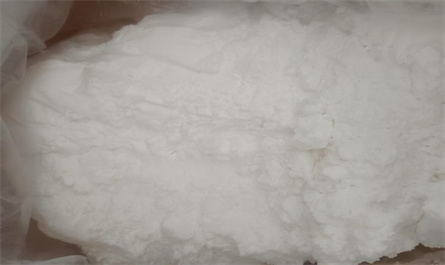Chlormequat Chloride's growth control principle

Chlormequat Chloride's growth control principle is mainly based on its role in inhibiting gibberellin synthesis and regulating hormone balance in crops. By limiting cell elongation rather than division, the internodes of the plant are shortened and the stems are thick, thereby improving the lodging resistance. The specific mechanism is as follows:
1. Inhibition of Gibberellic Acid (GA3) synthesis
Chlormequat Chloride, as an antagonist of Gibberellic Acid (GA3), reduces the content of Gibberellic Acid (GA3) in crops by blocking the biosynthesis pathway of Gibberellic Acid (GA3). Gibberellic Acid (GA3) is the main hormone that promotes stem elongation. The decrease in its concentration directly leads to the obstruction of cell elongation, thereby achieving growth control.
2. Regulating cell growth
Limiting cell elongation: Chlormequat Chloride inhibits cell longitudinal elongation (rather than division), reduces cell volume, shortens internode length, and ultimately reduces plant height.
Enhance cell wall structure: Promote cell wall thickening and lignification, improve stem mechanical strength, and enhance lodging resistance.
3. Improve physiological metabolism
Promote nutrient distribution: Inhibit apical dominance, reduce the transport of nutrients to stems and leaves, and promote more photosynthetic products for root development and reproductive growth (such as flowering and fruiting)
Improve stress resistance: Enhance crop drought resistance, salt and alkali resistance, etc. through mechanisms such as increasing proline accumulation and reducing transpiration.
4. Hormone balance regulation
Chlormequat Chloride further coordinates the balance between vegetative growth and reproductive growth by affecting the synthesis and distribution of hormones such as ethylene and auxin, and avoids excessive plant growth.
Application example
In wheat growth control, Chlormequat Chloride can reduce plant height by about 30%, while improving ear formation rate and lodging resistance. The recommended dosage is 50% aqueous solution 30~50 ml/mu. For other growth control agents such as Paclobutrazol and Prohexadione calcium, reasonable selection should be made based on residual risk and growth control intensity.
RECENT POSTS
Featured News



